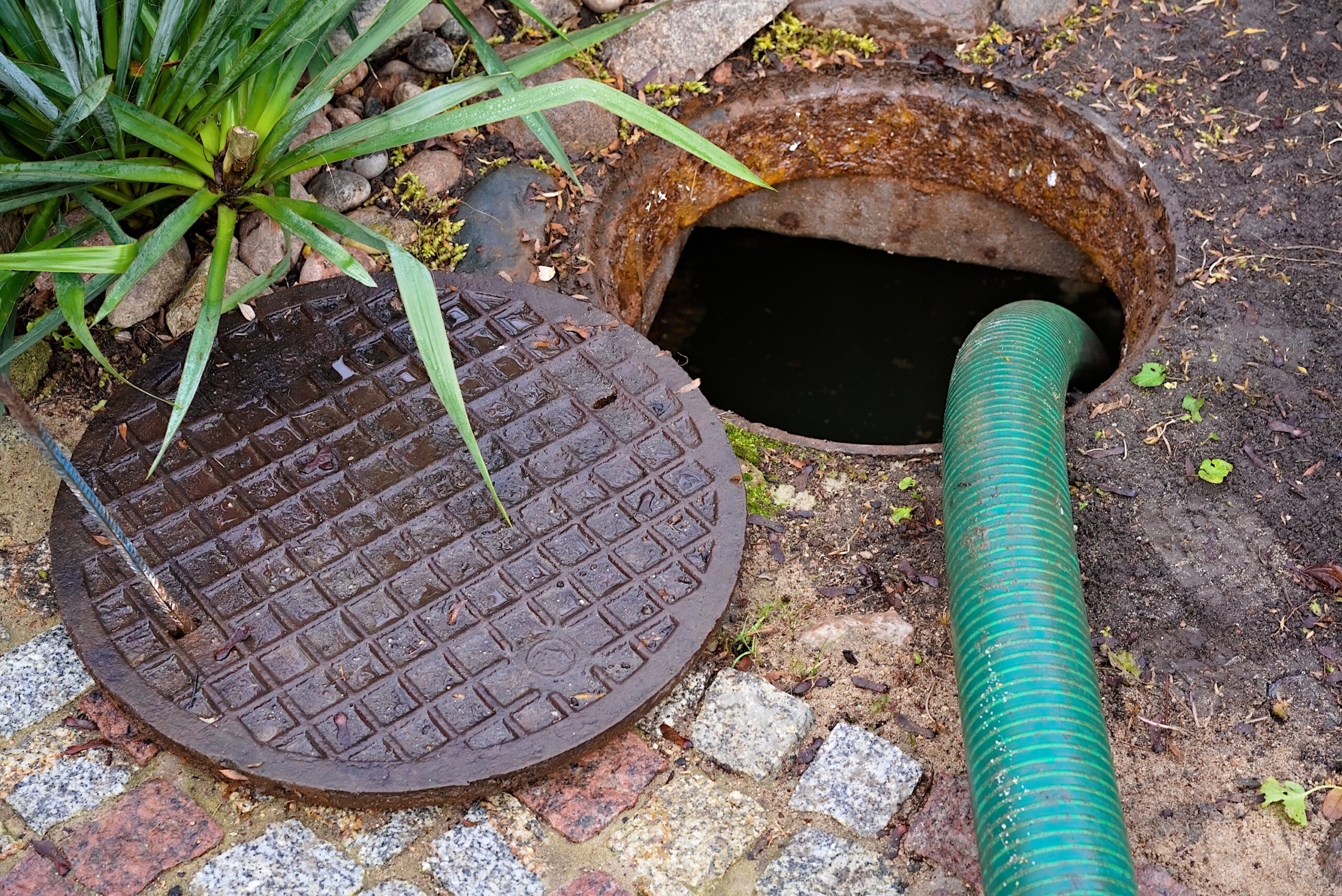Septic system failure is a serious problem that can affect the value and comfort of the family home. Replacement of the septic tank and leach field is a significant expense that averages about $15,000 with a range of $5,000 and $40,000, so considering alternatives to this major construction project can potentially save homeowners thousands of dollars and a great deal of disruption and inconvenience.
Understanding the septic tank system
A typical septic system consists of a large holding tank equipped with filters and attached to a large leach field that allows water to return to the environment naturally. These systems depend on the action of bacteria within the tank to break down particulate matter and solid waste and to clarify the wastewater. The water is then allowed to enter the leach field where it undergoes natural filtering through the soil and through evaporation and absorption by plants on the surface. When the bacteria present in the tank cannot keep up with the rate of delivery of waste materials or the accumulated residue from anaerobic bacterial processes becomes too thick, the septic system begins to show signs of failure.
Drawbacks of anaerobic systems
Anaerobic bacteria are inefficient in breaking down the solid matter in septic systems. Worse yet, they create a black, odorous sludge referred to as biomat. Biomat can clog the drainage system of the septic tank, causing a wide range of septic system problems and requiring frequent pumping and draining of the entire tank system. Anaerobic bacterial growth can produce hazardous gas buildup within the system and can increase the wear and tear on concrete and metal parts due to corrosion.
Aerobic bacteria can bring dying systems back to life
Introducing oxygen into the septic system can make a major difference in its efficiency and can actually repair damaged or deteriorating systems to full functionality. Aerobic septic systems achieve these results by encouraging the growth of aerobic bacteria in the existing system. Aerobic bacteria are highly efficient in breaking down and eliminating particulate matter and biomat within the septic tank, allowing the water to pass through the filtration system and into the leach field for further filtering. This can prevent overloading and blockages of the septic tank and can actually improve the quality of the water that reaches the leach field. Septic aerators from Aero-Stream are an outstanding way to add oxygen to the tank and promote the growth and reproduction of these beneficial bacteria in the system.
A cost-effective alternative to replacement
Septic aerators cost much less than replacement and require no major construction work. In most cases, homeowners see visible improvements within weeks of installation. By converting their existing septic tank to a healthy and environmentally sound aerobic system, most homeowners can increase the functionality and effective life of their current septic system arrangement.











